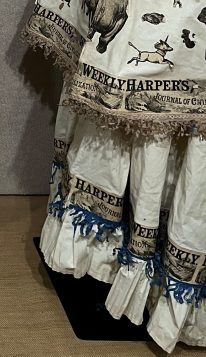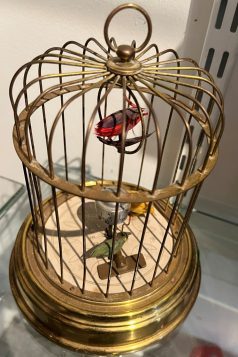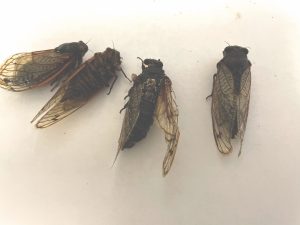By Leah S. Dunaief

Publisher
In a world of apps, I have recently added two to my cellphone. One has to do with what we eat. The other tells me what birdsong I am hearing. Both are useful and please me, so I will share them with you if you haven’t already discovered them.
The first is Yuka.
“The app prompts users to scan the bar codes of foods and personal care items—in grocery stores and at home—and then offers a score out of 100 to indicate how ‘healthy’ it is for you or the environment,” according to The New York Times, where I learned of this clever app.
When you touch the icon, a scanner opens. Then all you have to do is position the bar code of the product in the box provided on the screen, and you are immediately rewarded with both a specific number and a verdict.
It’s an irresistible toy. I went running around the house, first to the pantry in the kitchen, then the bathroom and the bedroom, pointing at items I use.
I was often shocked. The first bottle I evaluated was a peanut salad dressing I use frequently. It came out with a score of 24/100 and the word “bad.” Who knew? The app further broke down the rating by listing negatives: additives (1 limited risk), sugar (10 grams too sweet), sodium (220mg too much), and calories (120 a bit too caloric). It then went on to list the positives: protein (2g some protein), fiber (0.9g some fiber), and saturated fat (1g low impact).
Sadly, since I like the flavor so much, the app could not offer a better alternative for this dressing under “recommendations.”
On the other hand, a green lentil pasta I enjoy is rated 100/100 excellent. No additives, no synthetic herbicides and therefore organic, excellent amount of protein (21g), excellent amount of fiber (9g), no saturated fat, low sugar (1g), and no sodium. The only negative was its caloric count: a bit too caloric (310 calories). That was all welcome news.
Now I am going to have to stop putting the peanut dressing on the pasta and find some other topping, perhaps Silver Palate Marinara sauce with low salt, which was rated excellent at 75/100.
It was fun checking out my foods on a rainy Saturday afternoon.
Originally introduced in France in 2017, this app came to the United States in 2022 and has more than 40 million followers now. Yuka uses an algorithm to score the products based on 3 parts: nutritional quality (60 percent), additives and their risk (30 percent) and organic (10 percent). As you might guess, high protein and high fiber are “good,” high sugar, sodium, saturated fats and calories are “bad.”
This app is just one offering toward the goal of eating healthy, but it can help.

The second app is one for the birds. Literally. It’s called Merlin Bird ID and it will tell you what birds are singing nearby. The way it works, I guess, is that it records the bird sounds, then matches them up with its data base of birdsong. At the moment when I am writing this, the Merlin Bird has identified the American Robin in my backyard. It has also shown me a picture.
Again, it’s great fun knowing who else is in the neighborhood. Oops, the Robin has just been joined by a Gray Catbird, a Song Sparrow, a Northern Cardinal and a Yellow Warbler. I wonder if they are talking to each other or just thinking out loud.
The other day, when I thought I was surrounded by half a dozen birds, my app told me it was just a Mockingbird holding court.










































